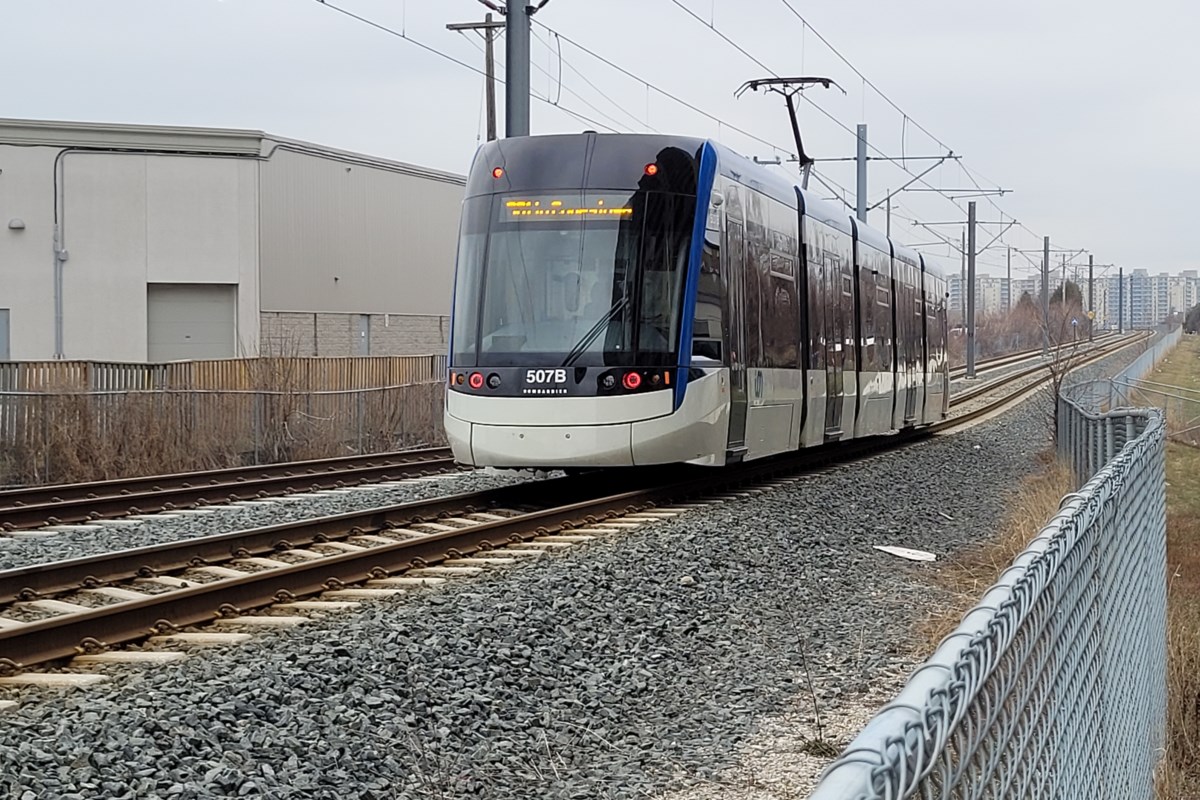I agree that the above cost escalation is problematic ( *
@allengeorge you'e missing a zero in that last line)
That said. I can see where some of it is coming from........
1) For a class 4 estimate, they've added 50% to their actual estimate (contingency risk). So where you see 4.4B, you need to know their real number is 2.9B
2) Second, they're envisioning construction starting in 2030, so 7 years from now, and they are factoring in on-going construction cost inflation between now and then.
From the Report to Waterloo Region Planning Ctte:
View attachment 466825
***
"For the purpose of
calculating cost escalation it was assumed that construction will occur from 2030 to
2035."
Link to actual report:
https://pub-regionofwaterloo.escribemeetings.com/filestream.ashx?DocumentId=3179
If you look at the Construction Inflation Index numbers (for all types of projects) they're brutal.
Its worth noting that general inflation was ~7% last year; but construction inflation ran closer to ~11%
I don't know what numbers they used for their go-forward here, but I think you can safely assume they're adding more than 3% per year.
If you work backwards, the cost is still high, but nowhere near as brutal as the headline number makes it seem.







